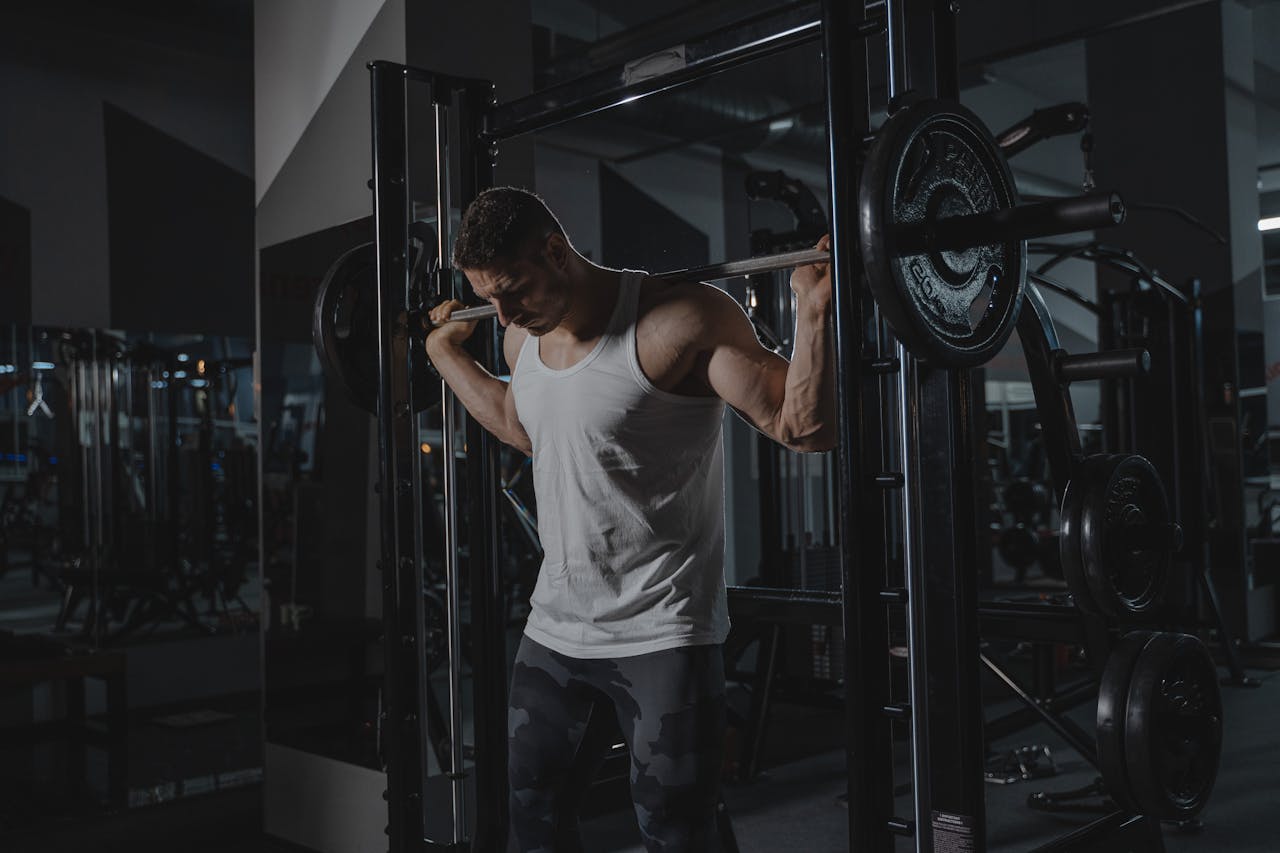In the gym, many people believe that every machine has a purpose and that their strategic placement hints at the necessity of using each one for an effective workout. This misconception leads many beginners to structure their entire routine around machines, believing that variety alone will bring optimal results in sculpting their bodies.
As a personal trainer, I frequently encounter this mindset among new gym members. Some meticulously plan their workouts, ensuring they use different machines each day, convinced that this approach will yield the best outcomes. However, the reality is that not all machines are suitable for everyone or for every goal. Instead of blindly following a machine-based regimen, it is crucial to first identify specific fitness objectives and then select exercises that directly support those goals.
The Myth of Variety in Workouts
Contrary to popular belief, workouts do not need to be constantly varied, fancy, or machine-dependent. Effective training often comes from mastering a core set of movements and progressively increasing the intensity. Tools like dumbbells, kettlebells, and bodyweight exercises frequently outperform machines in building functional strength and endurance. What truly matters is consistency, progressive overload, and challenging oneself appropriately.
Once initial fitness goals are achieved, the next step is to push beyond plateaus. Simply repeating the same exercises will eventually lead to stagnation. The key lies in adjusting training variables such as speed, endurance, muscle definition, flexibility, and strength. Below are scientifically-backed strategies to enhance each area.
Speed: Unlocking Your Potential
Traditional speed training revolves around sprints and interval training, but incorporating plyometrics—explosive movements that mimic a spring’s recoil—can significantly boost performance. Research shows that plyometrics enhances running economy, meaning less energy is expended per stride, leading to greater speed and efficiency.
How to do it: Try jump squats. Stand with feet hip-width apart, hands behind your head. Squat down until thighs are parallel to the floor, then explosively jump upward. Land softly, immediately transitioning into the next jump. Perform two to three sets of 15 reps.
Endurance: Strength from Within
Endurance relies heavily on core strength, as a strong core facilitates efficient energy transfer during prolonged activities. Neglecting core training often results in premature fatigue. One particularly effective core exercise is The Hollow Rock, inspired by CrossFit training.
How to do it: Lie on your back, arms extended overhead. Engage your core and begin rocking your entire body like a seesaw. Maintain tension throughout the movement. Start with 30 seconds, gradually increasing to two minutes.
Muscle Definition: The Role of Diet
Frustrated by a lack of muscle definition despite consistent training? Fine-tuning nutrition is crucial. Studies confirm that increased protein intake combined with reduced processed sugar and sodium consumption enhances muscle visibility by decreasing subcutaneous fat and reducing bloating.
How to do it: Prioritize lean protein sources like fish, eggs, and poultry while minimizing salt and sugar. For endurance athletes, replenishing electrolytes post-workout is essential, but excessive salt intake should be avoided afterward.
Flexibility: Beyond Stretching
Static stretching has its place, but targeting fascia—the connective tissue surrounding muscles—unlocks superior flexibility. Foam rolling and massage ball techniques help break down trigger points, improving circulation and range of motion. Recent research in sports medicine confirms that myofascial release techniques enhance athletic performance and recovery.
How to do it: Use a foam roller or massage ball, applying pressure to tight areas for 20–60 seconds. Focus on surrounding areas as well, as pain in one spot often originates from tension elsewhere.
Strength: Overloading for Growth
Building strength requires progressive overload—continually challenging muscles beyond their accustomed capacity. This can be achieved through heavier weights, additional resistance training days, or intensified bodyweight movements. Super-slow pushups are an effective method to amplify strength gains.
How to do it: Instead of fast reps, lower yourself for 15 seconds and push up for another 15 seconds. This time-under-tension method forces muscles to work harder, maximizing strength development.
True progress in fitness isn’t about gimmicks or endless machine rotations—it’s about understanding your body, setting clear goals, and executing a well-structured plan. Challenge yourself, refine your technique, and remember: the only true enemy to your success is your own mindset. Now, go out there and be your own masterpiece!
Sources:
- American Council on Exercise (2024). "Plyometric Training and Its Impact on Athletic Performance."
- Journal of Strength and Conditioning Research (2024). "The Role of Core Stability in Endurance Training."
- International Society of Sports Nutrition (2024). "Dietary Protein and Its Effects on Muscle Hypertrophy."
- Medicine & Science in Sports & Exercise (2024). "Myofascial Release and Athletic Recovery."












